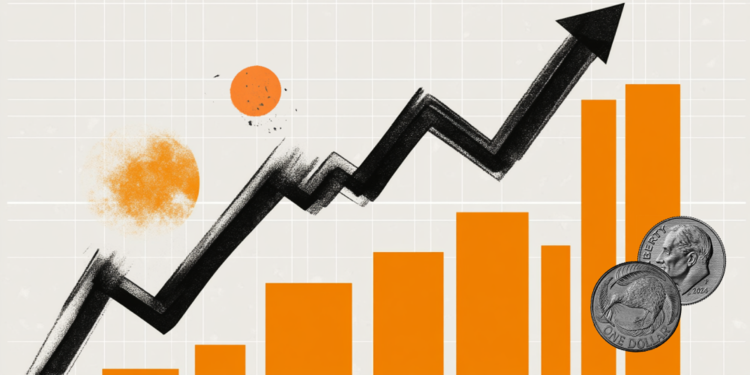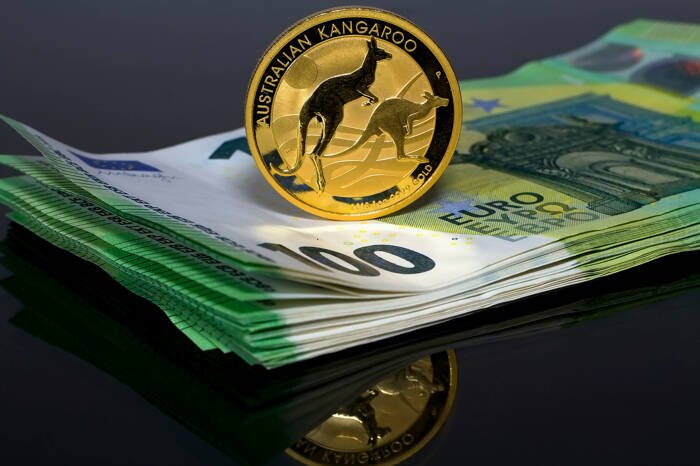- NZD/USD attracts some buyers to around 0.5910 in Wednesday’s early Asian session, up 0.10% on the day.
- New Zealand’s Q2 Unemployment Rate rose to 5.2%.
- Weak US economic data fueled speculations that the Fed will cut the rate in September.
The NZD/USD pair edges higher to near 0.5910 during the early Asian session on Wednesday. The New Zealand Dollar (NZD) strengthens against the US Dollar (USD) after data shows New Zealand’s Unemployment Rate came in better than expected. The Federal Reserve (Fed) officials are scheduled to speak later on Wednesday, including Susan Collins, Lisa Cook and Mary Daly.
Data released by Statistics New Zealand on Wednesday showed that New Zealand’s Unemployment Rate rose to 5.2% in the second quarter (Q2) from 5.1% in the first quarter. The figure came in below the market consensus of 5.3%. The Kiwi gains ground in an immediate reaction to the employment data.
The Reserve Bank of New Zealand (RBNZ) has cut the cash rate by 225 basis points (bps) since August 2024 but paused last month to assess the impact of trade tariffs and a slight increase in inflation. Nonetheless, ongoing weakness in New Zealand’s labor market will further strengthen the case for the RBNZ to cut the cash rate by 25 bps when it meets in August. This, in turn, might cap the upside for the NZD against the USD in the near term.
Rising bets that the US Federal Reserve (Fed) will resume its rate-cutting cycle in September after a slew of weak US economic data might drag the Greenback lower. Markets are now pricing in nearly a 95% chance the Fed will ease rates next month owing to the weaker-than-expected US employment data, with over 63 basis points (bps) worth of cuts expected by December, according to Reuters.
New Zealand Dollar FAQs
The New Zealand Dollar (NZD), also known as the Kiwi, is a well-known traded currency among investors. Its value is broadly determined by the health of the New Zealand economy and the country’s central bank policy. Still, there are some unique particularities that also can make NZD move. The performance of the Chinese economy tends to move the Kiwi because China is New Zealand’s biggest trading partner. Bad news for the Chinese economy likely means less New Zealand exports to the country, hitting the economy and thus its currency. Another factor moving NZD is dairy prices as the dairy industry is New Zealand’s main export. High dairy prices boost export income, contributing positively to the economy and thus to the NZD.
The Reserve Bank of New Zealand (RBNZ) aims to achieve and maintain an inflation rate between 1% and 3% over the medium term, with a focus to keep it near the 2% mid-point. To this end, the bank sets an appropriate level of interest rates. When inflation is too high, the RBNZ will increase interest rates to cool the economy, but the move will also make bond yields higher, increasing investors’ appeal to invest in the country and thus boosting NZD. On the contrary, lower interest rates tend to weaken NZD. The so-called rate differential, or how rates in New Zealand are or are expected to be compared to the ones set by the US Federal Reserve, can also play a key role in moving the NZD/USD pair.
Macroeconomic data releases in New Zealand are key to assess the state of the economy and can impact the New Zealand Dollar’s (NZD) valuation. A strong economy, based on high economic growth, low unemployment and high confidence is good for NZD. High economic growth attracts foreign investment and may encourage the Reserve Bank of New Zealand to increase interest rates, if this economic strength comes together with elevated inflation. Conversely, if economic data is weak, NZD is likely to depreciate.
The New Zealand Dollar (NZD) tends to strengthen during risk-on periods, or when investors perceive that broader market risks are low and are optimistic about growth. This tends to lead to a more favorable outlook for commodities and so-called ‘commodity currencies’ such as the Kiwi. Conversely, NZD tends to weaken at times of market turbulence or economic uncertainty as investors tend to sell higher-risk assets and flee to the more-stable safe havens.






